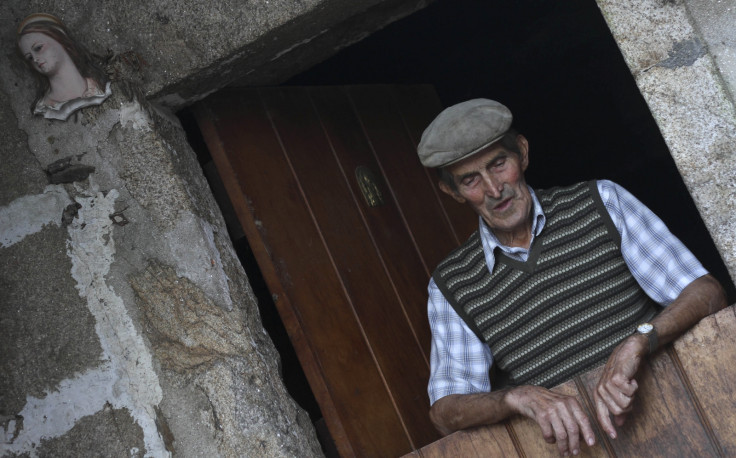Spain: Abandoned villages up for sale in Galicia as population plummets

Around 400 villages are up for sale in Spain's northern Galicia, some of which are being offered for free.
The villages come with verdant settings, including bread-making hearths, barns and stone and wood granaries used until a decade ago, when the villages had a decent population.
"This is as near as paradise as I can think of," says Mark Adkinson, who founded the Galician Country Homes real estate firm and has recently begun marketing abandoned villages.
This northwestern region of the country is plagued with a shrinking population, resulting in some mayors selling the villages for free to anyone who can repopulate it by bringing people back, more importantly, the youth.
Like in many parts of Europe, population decline is serious issue, especially in the Iberian peninsula that includes Galicia, Asturias, and northern Portugal. Economic crisis has led the young to emigrate and those that remain have restrained from having children.
Spain's National Statistics Institute, recently estimated that more than half of the country's nearly 3,000 abandoned villages are in Galicia, reports Christian Science Monitor.
Local Galician governments are using television ads to urge women to have children, while some like the mayor of rural Cortegada, Avelino Luis de Francisco Martinez, is giving away an abandoned village for free to anyone who can restore the 12 vacant homes.
"They can do with it whatever they want, as long as it brings back value to the community," he says.
The latest figures from the European Commission's Eurostat show that while the average fertility rate in the European Union stands at 1.55 births per woman, in the hardest hit countries it is below average: 1.27 in Spain, 1.2 in Portugal, and 1.3 in Greece.
Galicia's rate stands at only about 1 birth per woman in recent times, and sometimes even below that.
Many of Galicia's villages have been overrun by weeds and unless the trend is reversed much of the region will become a wild land, says Xoaquin Fernandez Leiceaga, a former lawmaker and professor of economics at the University of Santiago de Compostela.
Nearly all Gallegos like himself have a piece of ancestral land which they value. "We still have a rural mindset," he said and added, "It is a world that is disappearing, with nothing to substitute it."
© Copyright IBTimes 2025. All rights reserved.




















